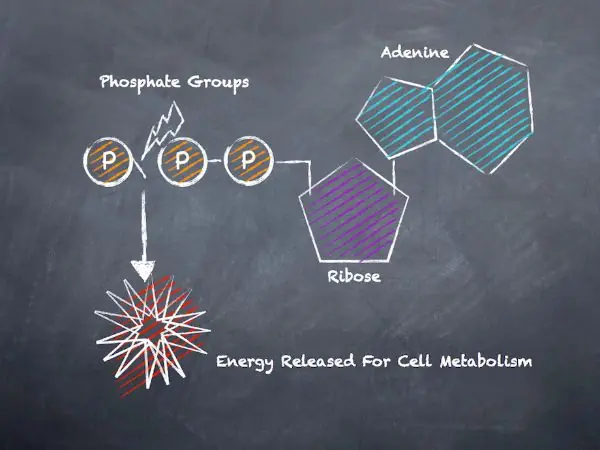You don't need to listen to pro-cycling commentary for very long before you hear that lactic acid is 'burning' in the rider's legs. Popular belief suggested that lactate was produced in muscles due to an insufficient supply of oxygen as exercise intensity increased. These ideas also gave rise to the notion of the 'lactic acid burn' and that lactic acid was responsible for fatigue during high-intensity exercise.
More: It's Not About the Lactic Acid
Cycling Events Near You
However, research has revealed that lactate is formed and used continuously, even when muscles are working with plenty of oxygen. In the human body most lactic acid is present in the form of lactate. During vigorous exercise there is an increase in the acidity in the blood and tissues. However, lactate makes a very small contribution to this. When you're exercising hard, lots of ATP (the 'energy currency of life') is broken down to release energy for muscle contraction. Each time an ATP molecule is broken down, one hydrogen ion is released. It's actually the accumulation of hydrogen ions which reduce pH (a measure of acidity/ alkalinity) and may be associated with 'the burn'.

When it comes to fatigue, neither lactate or lactic acid are likely causes. The human body is incredibly complex and it's more likely that the limiters to performance are a result of many factors.
Lactate As An 'Ion Sponge'
So how and why is lactate produced? As exercise intensity increases, our body requires more energy more quickly and energy metabolism shifts to use more carbohydrate and less fat. Carbohydrate in the form of glucose is broken down in a chemical reaction called 'glycolysis'. One of the end-products of this reaction is a molecule called 'pyruvate' which begins to accumulate along with the dreaded hydrogen ions. However, pyruvate absorbs hydrogen ions in a 'reduction' reaction, which forms lactate. In stark contrast to our commentator's contentions, lactate actually acts as a buffer – imagine lactate as an 'sponge', mopping up ions to control pH in the muscle.
However, the speed of the 'mopping up' process has a limit. When this limit is reached, hydrogen ions accumulate, pH begins to drop and we feel the burn, but if our muscles did not produce lactate, fatigue would occur much more quickly.
More: Can You Complete the Tour de France?
How Does The Body Use Lactate?
The body uses lactate in a number of ways:a) Lactate minimises acidity in the blood and tissues
As described above, lactate is the end result of pyruvate's reaction with hydrogen ions, which reduces acidity and is associated with a delay in fatigue.
b) Lactate helps to preserve other fuel stores
When blood lactate concentrations are elevated, the body responds by down-regulating the use of glucose and fat. In this way, lactate could be seen as preserving precious fuel stores. Also, the body is able to generate glucose from non-carbohydrate sources through a metabolic pathway called 'Gluconeogenesis'. Lactate is transported back to the liver, enters a chemical process called the 'Cori cycle' and is converted into pyruvate which is then used to generate glucose.
c) Lactate is a direct source of energy for the muscles, heart and brain.
Muscles can extract lactate from the blood and oxidise it directly. This means that lactate can be used as a source of energy for muscle contraction. In some cases, the body actually prefers to use lactate as a fuel. Some research has illustrated that, during moderate intensity exercise, lactate from the working muscles may be the primary fuel source for the heart.
d) Lactate acts as a 'shuttle' to transfer fuel between tissues.
Muscle glycogen stores are local, supplying the muscle they are stored within. This means that muscle glycogen stored in your arms can't be directly transported to your legs. However, research suggests that lactate can move both within and between cells. Consequently, during heavy exercise where high rates of glucose and glycogen breakdown result in the accumulation of increasing amounts of lactate, lactate can be 'shuttled' from this site to other sites where is can be used as a fuel source or converted back into glucose.
e) Lactate is an important 'signalling molecule'.
Lactate may play the role of a signalling hormone, with a range of possible consequences. These include up regulating the expression of genes associated with the use of lactate as a fuel, helping the body metabolise lactate more effectively. Lactate may even stimulate an increase in formation of new mitochondria; an important adaptation in endurance performance as mitochondrion represent the 'energy factories' of our cells. It has also been suggested that lactate can influence lipolysis (the breakdown of fat for fuel).


